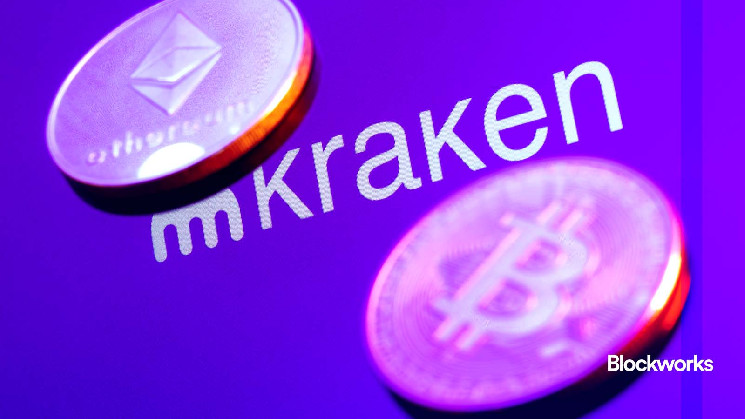Adapting to Crypto Payments: The Future of Banking
This is a segment from the Forward Guidance newsletter. To read full editions, subscribe.
Bank of America CEO Brian Moynihan recently discussed the potential for the US banking industry to embrace crypto payments, should regulations evolve. Moynihan emphasized that if regulations allow for it, banks will need to adjust their business models to accommodate this emerging form of transaction.
At the World Economic Forum, Moynihan told CNBC, “If the rules come in and make it a real thing that you can actually do business with, you’ll find that the banking system will come in hard on the transactional side of it.”
Today, crypto exchange Kraken unveiled a new payments platform called Kraken Pay. This platform enables customers to transfer assets directly from their exchange accounts, supporting over 300 fiat currencies and crypto tokens. While sending assets is free, there are fees associated with converting assets from one currency to another during transfers.
Mark Greenberg, Kraken’s global head of consumer, stated, “Crypto isn’t just the future of finance — it’s the now. We’re eliminating the barriers of slow payments and outrageous fees while bringing real-world utility to your fingertips.”
Kraken Pay is just one of many products entering the expanding crypto payments landscape. Venmo ventured into crypto in 2021, and Ripple is revamping its payments product this year.
The payments sector, including cross-border transactions, remittances, and peer-to-peer payments, has long been targeted for disruption by crypto enthusiasts. With a more crypto-friendly regulatory environment and growing interest from retail and institutional investors, 2025 could be the year when this aspect of the crypto market truly takes off.

